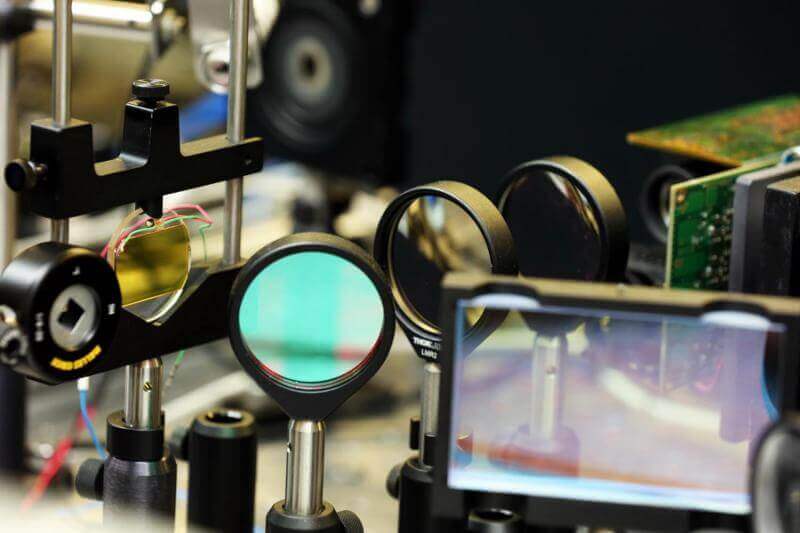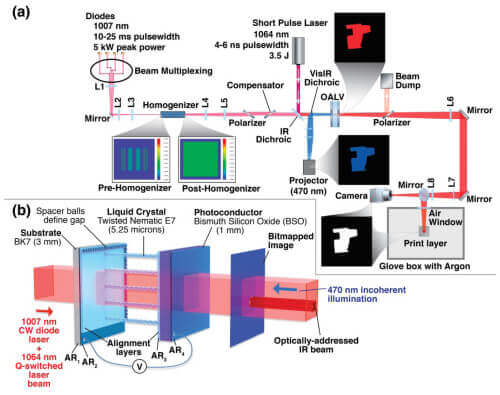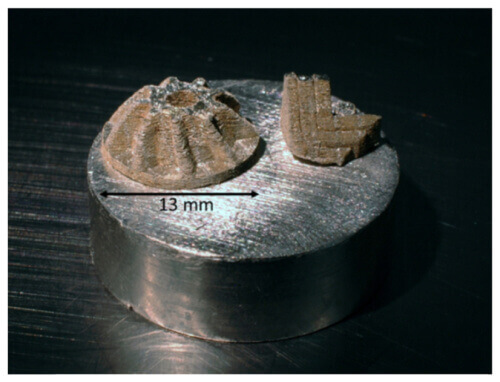Scientists from the Lawerence Livermore National Laboratory are developing a process that print large metal objects faster than ever before.
Over the past few years, metal 3D printing has become more accessible, affordable, and also greatly improved upon. Companies like Desktop Metal are pushing this emerging technology forward, putting industrial manufacturing capabilities into more versatile and cheaper systems.
Now, scientists from the Lawrence Livermore National Laboratory are developing a new metal printing method called Diode-based Additive Manufacturing (DiAM). The research team believes that this technique could enable faster production of large 3D printed metal objects.

LLNL’s Potentially Revolutionary Metal 3D Printing Process
This process uses an array of high-power laser diodes, a Q-switched laser, and specialized laser modulator to flash print an entire layer of metal powder at one time. Compared to the typical powder-fusion additive manufacturing system, which uses a raster scanner with a laser across each layer, this method should be much faster.
LLNL scientists claim that the possibility to print large metal objects in a fraction of the time could revolutionize additive manufacturing. Their method would be particularly useful in the aerospace and automotive industry. The DiAM process combines speed and as well as greater design flexibility that if “far beyond” current systems.
“By cutting the print time and having the ability to upscale, this process could revolutionize metal additive manufacturing. The illumination time savings, we estimate, is such that a one cubic meter build that would require 10 years of raster-scanned illumination to make would require only a few hours with DiAM, because you can image each layer at once,” says Ibo Matthews, the LLNL scientist heading the research.
This method is made possible by a customized laser modulator called an Optically Addressable Light Valve (OALV). The component contains a liquid crystal cell and photoconductive crystal. The OALV is used to sculpt the high-power laser light via pre-programmed layer-by-layer images. While this technology was originally developed in 2010, the combination with high-power laser diode arrays create this new technique.

Not only can the DiAM process produce larger parts, it could also result in better control over residual stress and material microstructure. This possibility is due to the ability to fine-tune gradients in the projected image, enhancing the overall imaging quality.
Lastly, this method is expected to be more cost-effective than fiber laser-based printers. According to LLNL, the laser diodes array is cheaper to produce than its counterpart.
While this development is still underway, this research could be a potential game-changer in the metal 3D printing world. Looking at the lab’s recent innovative work with 3D printed glass, it seems likely that LLNL scientists are capable of turning this massive potential into a full-fledged reality.

Source: LLNL
License: The text of "Scientists Develop Breakthrough Process For Large Metal Prints" by All3DP is licensed under a Creative Commons Attribution 4.0 International License.